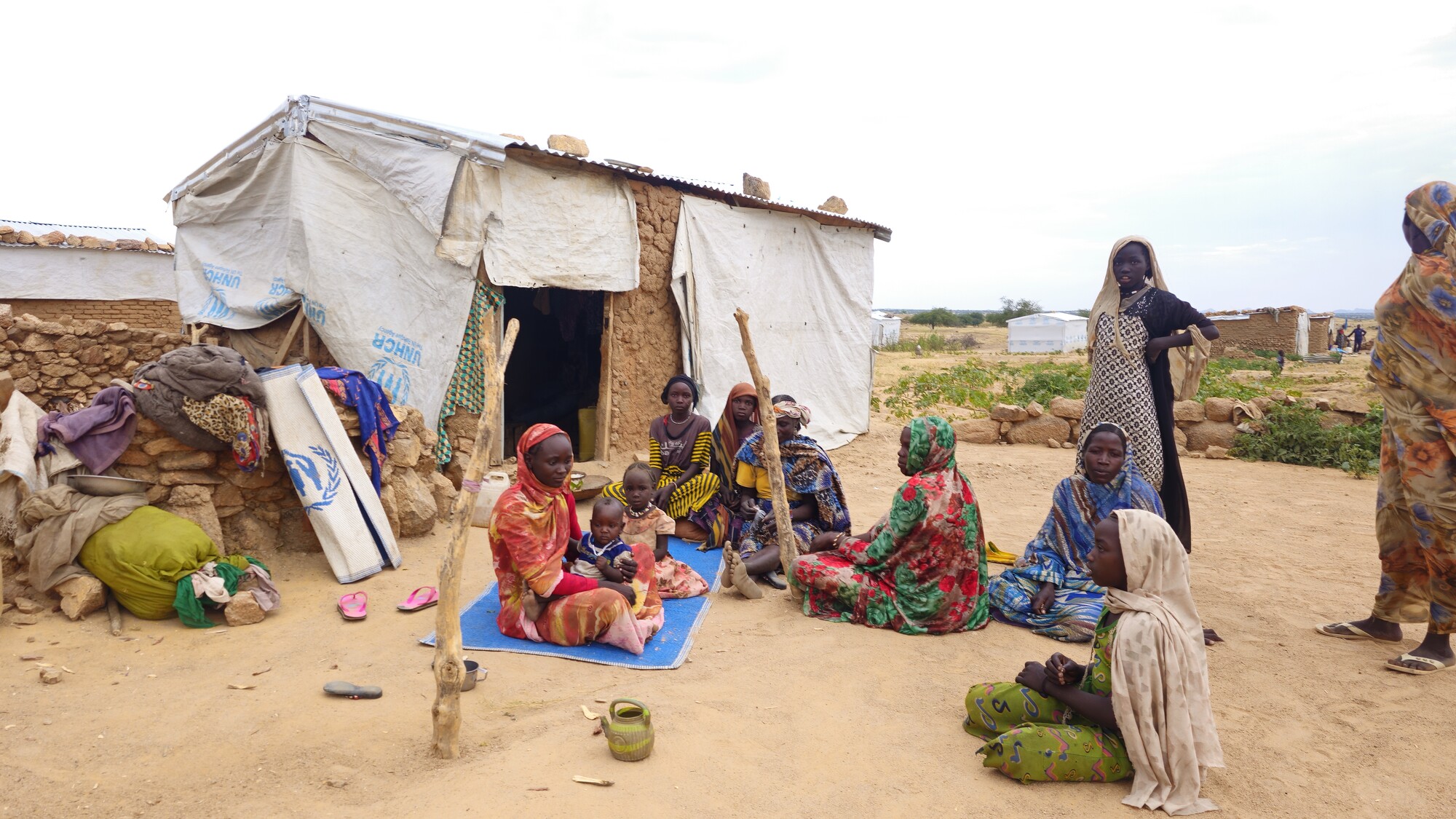History of CARE International's work in Chad
CARE International first began working in Chad in 1975 and has since then established both emergency and development programs.
In recent years, violence in the Lake Chad Basin has led to mass displacement and an increase in humanitarian needs across northeastern Nigeria, Cameroon's Far North region, western Chad, and southeastern Niger.
What CARE International does in Chad
CARE International's long-term work in Chad focuses on:
In response to the Lake Chad Basin crisis, CARE Chad's work in the region includes supporting livelihood opportunities for women and youth, providing training for communities on clean water and sanitation practices, and support to survivors of gender-based violence.
Refugees from Cameroon, Central African Republic, and Sudan have also fled into Chad to escape conflict. CARE Chad offers also psychological and humanitarian support to refugees, including food and access to clean water and sanitation facilities.












